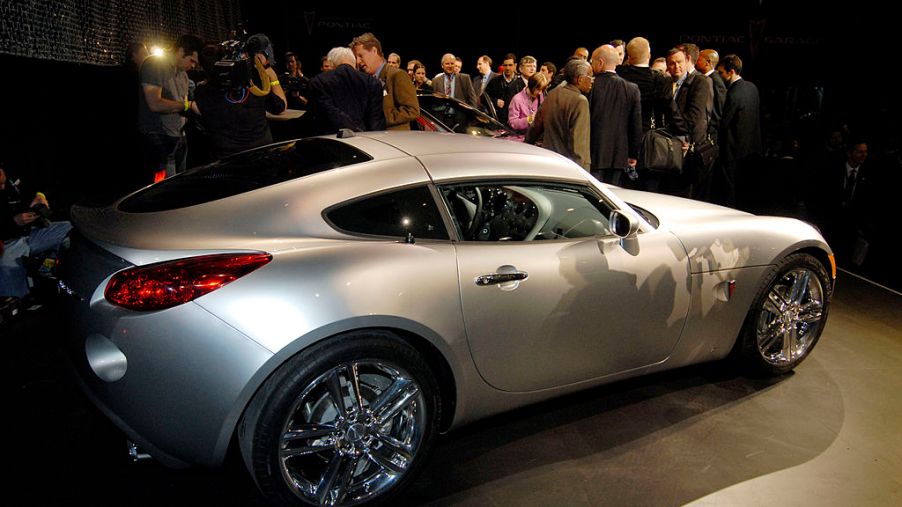
The 2023 Chevy Bolt Is the Latest: 5 Times GM Killed Cars as They Achieved Their Promise
This week we got news that the Chevy Bolt is getting killed. This will be the last year it will make the car, just as it seemingly got it right. That seems to be a pattern with GM, which has a history of launching half-baked cars, perfecting them, and then killing them off. We’re not talking about monstrous but beloved Hummer H2s or ponderous Chevy Novas and Pontiac GTOs here. No. Instead, we’re talking about the cars (and trucks) that finally lived up to their promises only to be sent off over the rainbow bridge.
The Chevy Bolt is discontinued
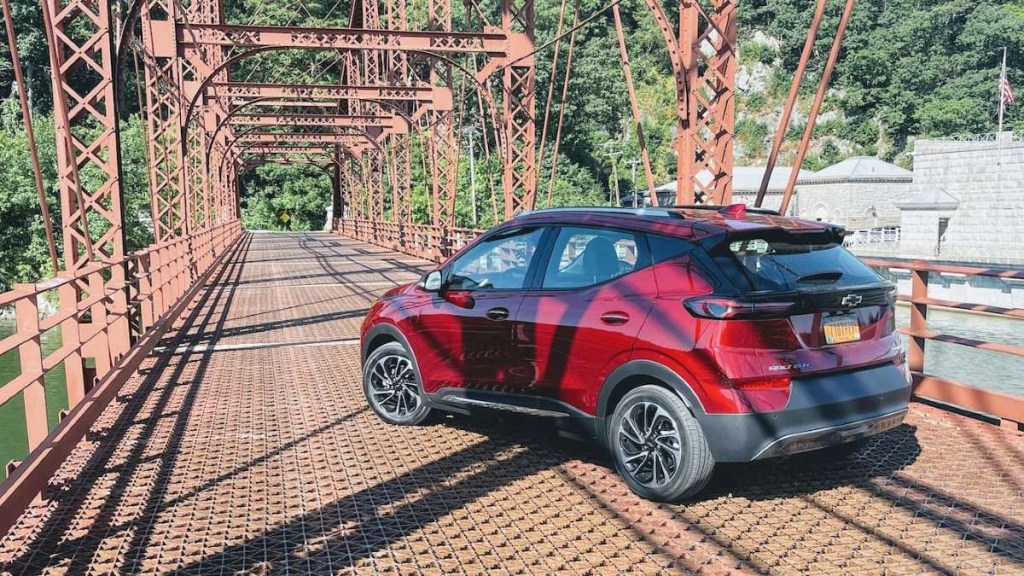
This week General Motors CEO Mary Barra said in an earning call that the company will end production of the Bolt by the end of the year. GM is ramping up production on two trucks, the GMC Sierra EV and the Chevy Silverado EV, and it simply needs the production capacity to make those to electric trucks. Just as Chevy got the car right, it ended production. The 2023 Bolt has a newer interior design that added a more intuitive shifter, better seats, and nicer materials. Ohh, and the company also has (presumably) fixed all of the problems in the car that caused several fire and two crippling recalls.
Why was the Chevrolet SSR discontinued?
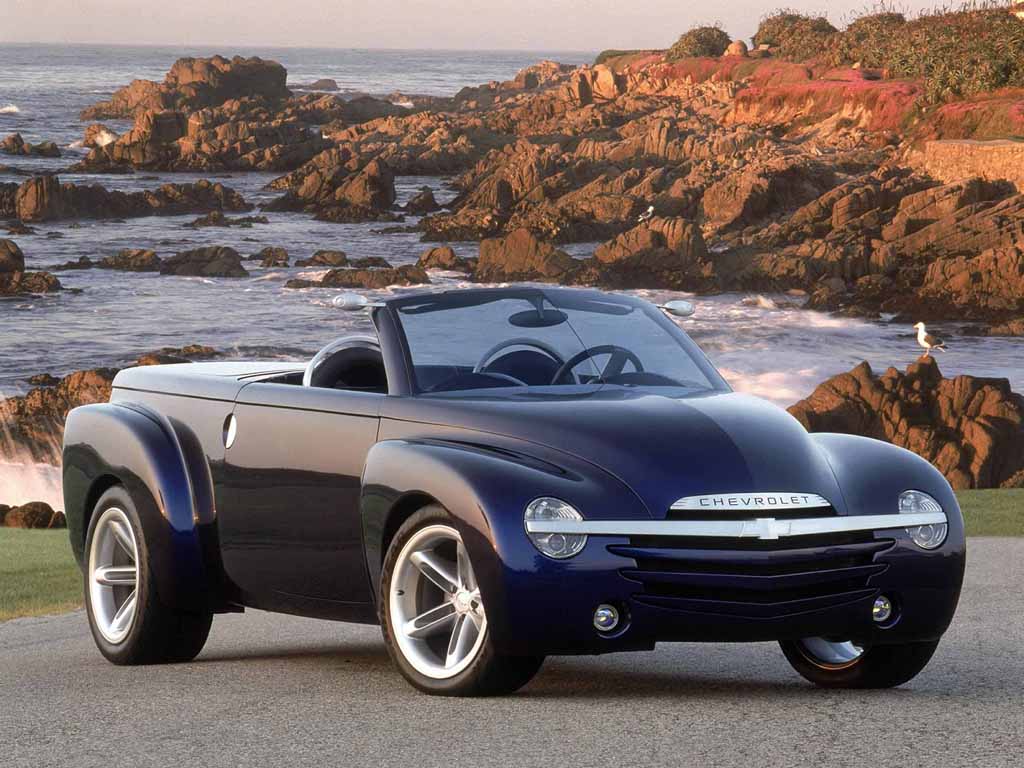
The Chevy SSR, which stood for Super Sport Roadster, was killed in 2006, just after GM got it right. The weird truck/sportscar thing was essentially a BMW Z4 competitor with a giant trunk thanks to its truck-like styling. When it launched in 2003, the SSR got Chevy’s disappointing 5.3-liter V8 that made just 300 horsepower. But, then for 205 it upgraded the truck to a 32990-horsepower LS2 from the Corvette and a six-speed manual gearbox was an option.
When the SSR truck finally achieved the performance and fun factors that its styling promised, it was killed. 2006 was the last year for the SSR.
The Pontiac Fiero or the real plastic fantastic
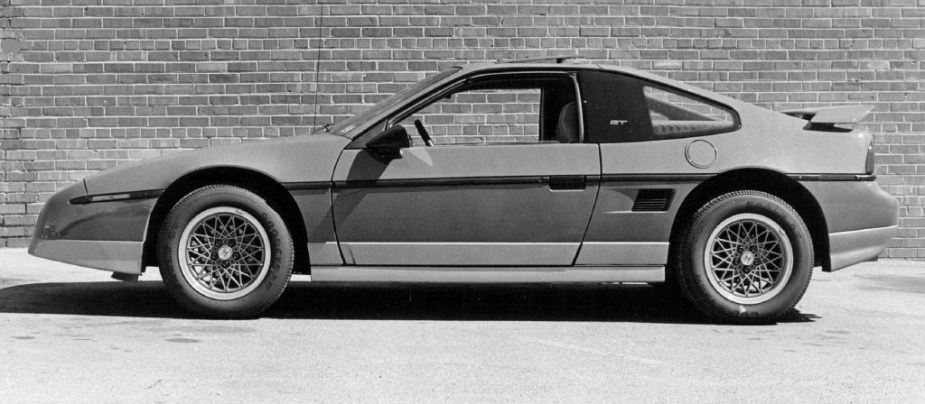
I’ve owned two Pontiac Fieros. They’re great cars, if not fast or practical cars. These mid-engined sportscars only lasted from 1984 to 1988, but they pioneered several cool bits of technology, like undentable plastic body panels. While most had the 95-horsepower four-cylinder Iron Duke engine, GT cars had 2.8-liter V6 that made 140 horsepower.
For 1988, GM asked Lotus cars to help with the suspension and it added some fancy bits that helped the car handle even better. Then, it added new vented disk brakes and better power steering. Finally, as GM engineers built a car that lived up to the promise of a fun mid-engine sports car, GM killed it.
The Pontiac Solstice/Saturn Sky twins finally achieved their promise
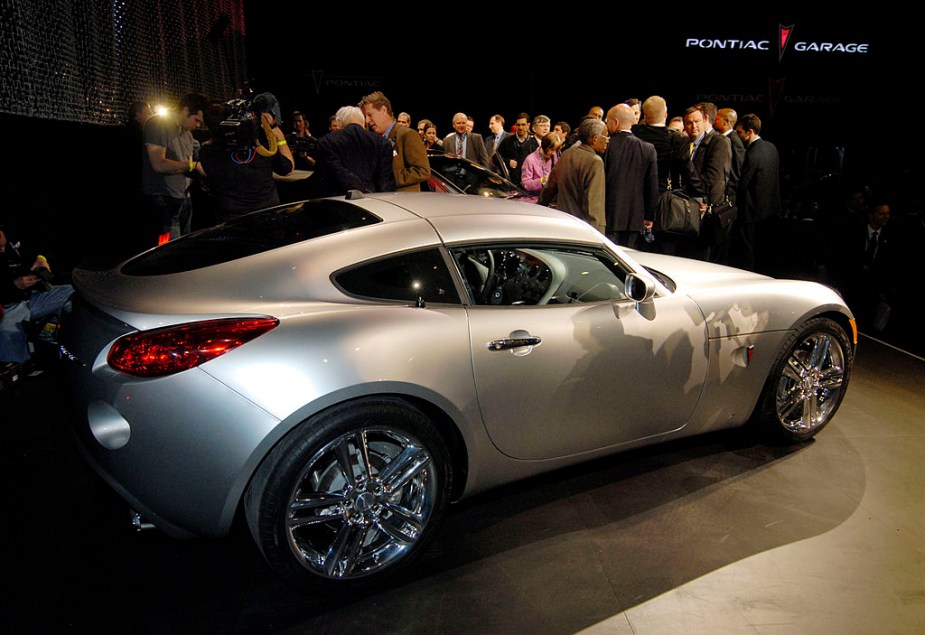
The Pontiac Solstice and Saturn Sky cars were, much like the Fiero, cars designed to bring people into the showroom and not huge sales successes. But, these were good cars that were fun to drive. Well, fun when for 2007, they added the Pontiac GXP and Sky Red Line options that dropped in a 260-horsepower direct-injection turbo motor. Then, when Pontiac created the 2009 Solstice Coupe, it suddenly became the sports car that many wanted, especially in GXP trim, and a true Miata beater. Then, GM killed it.
The Cadillac ELR was like driving the future
Cadillac took a Chevy Bolt drivetrain and put it in a totally-futuristic coupe body for 2013. It was based on the Converj concept car and when I drove one in 2013, it felt like the future, if the future was slow. Then Cadillac ramped up the performance cred of the ELR for 2016, and even decreased its price. It bumped the car’s horsepower to 233 and torque to 295 lb-ft, which dropped its 0-60 mph acceleration time to a quick 6.4 seconds. Cadillac also upgraded the suspension and brakes, added 20-inch wheels, and improved the technology to help it handle. Then, GM killed the ELR just as it finally reached its potential as a performance EV.
The Hybrid Tahoe never got a chance
Hear us out on this one, because the Chevy Tahoe Hybrid was a great attempt at making a giant SUV get better mileage. At the time, Edmunds said that it the Tahoe achieved significant fuel savings, with all of the utility of the big SUV.
The two-motor hybrid on the Tahoe from 2008 to 2013 added 160 extra horsepower to the 6.0-liter Vortec V8. That meant it had 379 horsepower in total, nearly equaling the mighty 6.2-liter V8, but it got 21 mpg in town, while the regular Tahoe got 15 mpg. That’s more than 25% better economy in a three-ton people hauler. Instead of adding a hybrid drive to the new models, in 2013 GM switched to an EcoTec engine that made just 355 horsepower, yet achieved only 16 mpg in town.


